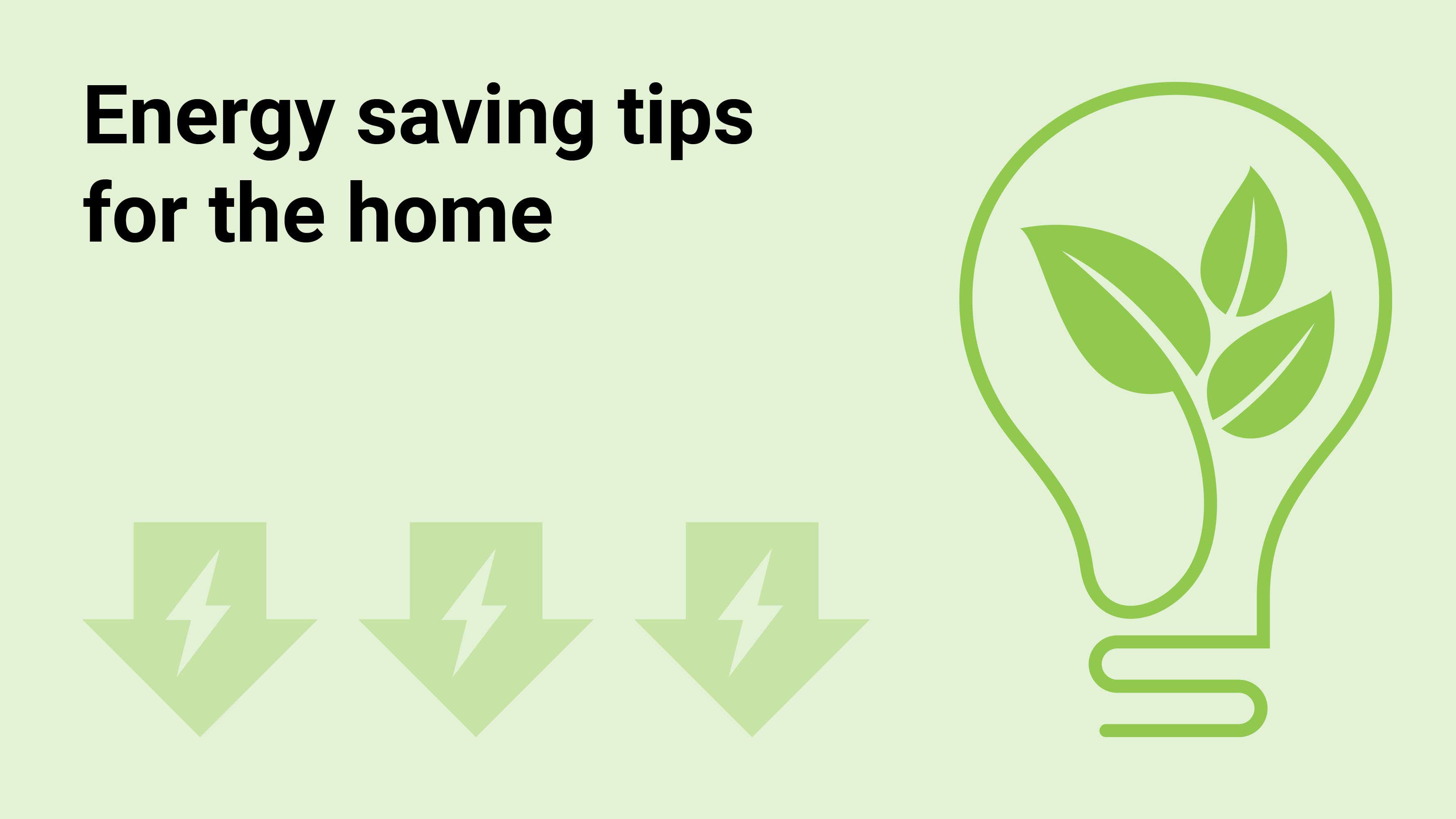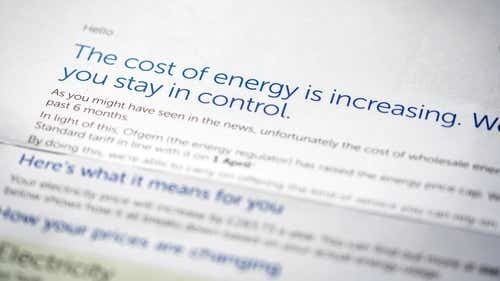- Uswitch.com>
- Gas and Electricity>
- Guides>
- Energy-efficient laundry tips - Uswitch
Energy-efficient laundry tips
Top tips for energy-efficient washing
Wash clothes on the shortest cycle (often referred to as "quick wash") that's practical for your needs. This means less water, heated to a lower temperature and a shorter spin cycle to save water and energy. Bonus - this cycle causes less damage to your clothes over time so helps them last longer.
Use a cold water or 30°C cycle where possible. It's only for particularly dirty clothes, bad stains or underwear that you are likely to need warmer temperatures.
Soak heavily soiled items before washing, and rub collars or other stains with household soap. There's nothing worse than having to repeat a wash because stains didn't come out.
Wait until you have a full load before washing. Naturally, if you're running out of socks you might have to put a load on (in which case you can use the quick wash mode as recommended), but otherwise it's best to wait for a full basket to avoid wasting water.
Similarly, bath sheets are typically heavyweight cotton and excessively large, so consider choosing standard lightweight bath towels to save on energy.
Where possible, use a high spin speed so clothes come out of the washing machine almost dry, with little need for tumble drying. And, of course, when it comes to drying where possible hang your clothes up rather than using a dryer.
Include occasional hot washes if you mainly do low temperature ones. This will get rid of bacteria and prevent the build-up of odours in your machine.
Washing your clothes is only half the story - what about drying them? Read on to find out how to save energy when drying your clothes.
Top tips for energy-efficient drying
Dry similar fabrics together.
Clean the filters regularly to make sure they're free from fluff so your dryer will operate more efficiently.
Use auto-dry rather than a timed cycle, that way you won't be using more energy than required.
Don't overload your dryer. There needs to be a bit of room for the hot air to move around.
Give all items a good shake when transferring from the washer to the dryer. This helps remove wrinkles and prevents tangled, twisted items from taking longer to dry.
Try to do all your drying in one day; a second or third load can take advantage of the heat that has already built up in the machine.
Remove clothes from your dryer once they are dry, as modern machines will continue to rotate to prevent creasing, and therefore use more energy.
If your machine is vented, check the outside vent is in good working order and clear it of any dust or debris. This will ensure both safety and efficiency.
Keep your dryer in a warm room. It will take longer to heat up if kept in an outdoor, unheated shed.
Choosing an energy-efficient washing machine, tumble dryer or washer-dryer
If your machine is over ten years old, chances are it'll be making your energy bills unnecessarily high.
Nowadays, washing machines, tumble dryers and washer-dryers all have much improved energy efficiency, due to the introduction of the EC A-G labels and improvements in technology.
Modern machines also allow for better customisation of wash cycles, which means you can choose the most energy-efficient option for your needs. Some even have weight sensors for accurate loading, and to determine how much water and heat to use. Such features mean that efficiencies are much easier to achieve.
Likewise, modern tumble dryers have built-in sensors that prevent clothes from over-drying and they operate in such a way that clothes dry more quickly and evenly.
Water consumption is another consideration too, and will impact your bills if you are on a water meter. If you're on a water meter you may want to seriously reconsider using a tumble dryer.
This applies not only to washing machines but also to washer-dryers. They consume a lot of additional water in drying mode, as they use a continuous run of cold mains water to condense the warm vapour from the drying clothes.
The amount of water used for drying varies greatly from machine to machine, so if you only have space for a washer-dryer then check this out carefully. You should also pay specific attention to the energy efficiency ratings of your machine which will make a huge difference over the lifetime of your washer or dryer.
Read more:

104 energy saving tips for your home - Uswitch
With working from home the new normal and energy prices high, it's important to keep your bills as low as possible. The best ways to do that are in our guide featuring 104 energy-saving tips.
Learn more
By hand or by dishwasher: which is more energy efficient? - Uswitch
Wondering if it's more energy-efficient to wash your dishes by hand or use a dishwasher? Find out with Uswitch and cut your energy bills.
Learn more
Average gas and electricity bills in the UK - Uswitch
What does the average UK gas and electricity bill look like? See how your energy usage and bills compare against Ofgem's averages for 2024.
Learn more
